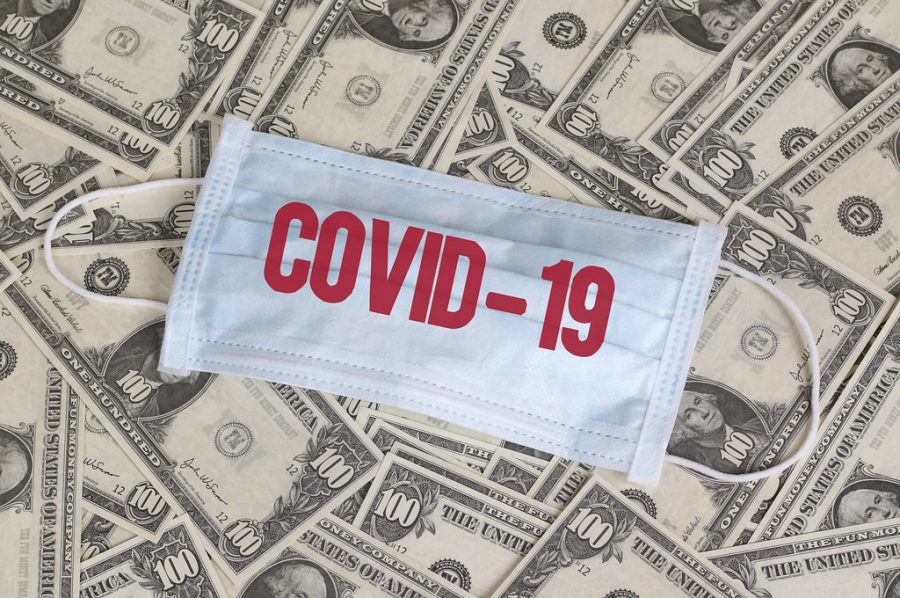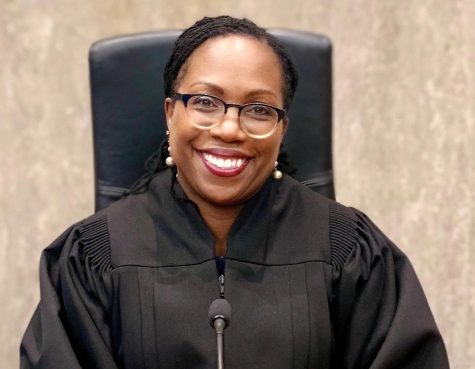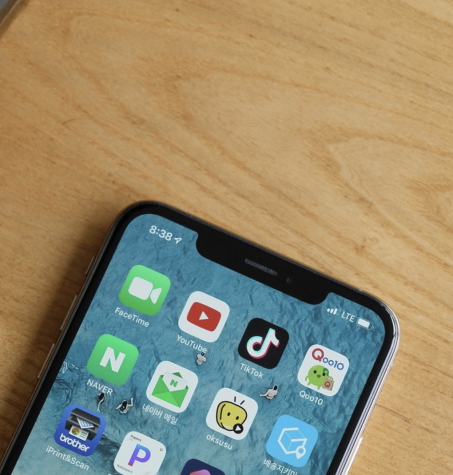Economic Impact Payments: Who Gets Them and Who Doesn’t
Americans began receiving stimulus check payments this week after Pres. Donald J. Trump signed the Coronavirus Aid, Relief, and Economic Security Act (CARES Act) into law on March 27.
The economic impact package of $2 trillion – the biggest relief package in American history – will deposit a one-time payment of $1,200 into many Americans’ bank accounts, or they will be sent a check.
People who might see the check in their mailbox or bank account must have a social security number, and filed their tax return for 2018 or 2019 and provided updated information to the IRS (Internal Revenue Service).
Social Security retirement, disability, dependents, and survivors’ benefits recipients are also eligible to receive the stimulus payment in addition to those who are unemployed, according to an April 1 news release.
“Social Security recipients who are not typically required to file a tax return do not need to take any action and will receive their payment directly to their bank account,” said Treasury Secretary Steven Mnuchin in the release.
“Recipients will generally receive the automatic payments by direct deposit, Direct Express debit card, or by paper check, just as they would normally receive their SSI benefits,” the IRS says.
However, many Americans won’t see the money at all. Here’s who will not be seeing stimulus checks roll in:
Students
Any one between the ages of 17 and 24 who is claimed as a dependent on tax returns won’t be eligible for the $1,200 payment or the $500 child bonus – for children 16 or younger, according to the IRS website. This means that a large sum of college students will not be seeing a check.
However, people in this age group who have filed taxes in 2018 or 2019, according to the New York Times, are eligible for a stimulus payment.
High-Gross Income Earners
According to the New York Times, those with an income greater than $99,000 as a single-tax filer and greater than $198,000 as joint-tax filers will not be getting a stimulus check.
Single adults with Social Security numbers who have an adjusted gross income of $75,000 or less will get the full amount, says the IRS website. Married couples with no children earning $150,000 or less will receive a total of $2,400. And taxpayers filing as head of household will get the full payment if they earned $112,500 or less.
Unemployed high-wage earners are also ineligible for a check.
The Elderly and/or Disabled
According to the IRS, most senior citizens are eligible for a stimulus payment. However, like most students, if they are claimed as dependents by their children or someone else, they will not.
Disabled adults are eligible for a stimulus check as long as no one else claims them as a dependent.
Immigrants
If immigrants do not have their green cards or their H-1A and H-2A work visas, are non-resident aliens, temporary workers, illegal, or all of the above are not eligible for a check, according to the IRS.
Low-income People (who do not file taxes)
People who have not filed taxes for the past two years are not eligible unless they earn less than $12,000 every year. TurboTax, the tax-preparation company, says that 10 million Americans fall into that category, along with low-income citizens, Supplemental Security Income recipients, and Veterans Affairs beneficiaries.
These people are eligible but need to take an extra step to make sure they get the money for IRS to be able to analyze their earnings and know where to send the money.
The new IRS web portal allows people to verify their eligibility and lets them know whether they are eligible, ineligible, or are lacking certain information to receive the stimulus payment.
Direct-deposit payments began to roll out on April 15, while paper checks will be sent within the next few weeks, according to the IRS.

Amanda is a senior majoring in communication with a concentration in journalism, and a double minor in political science and English. She has been involved...















